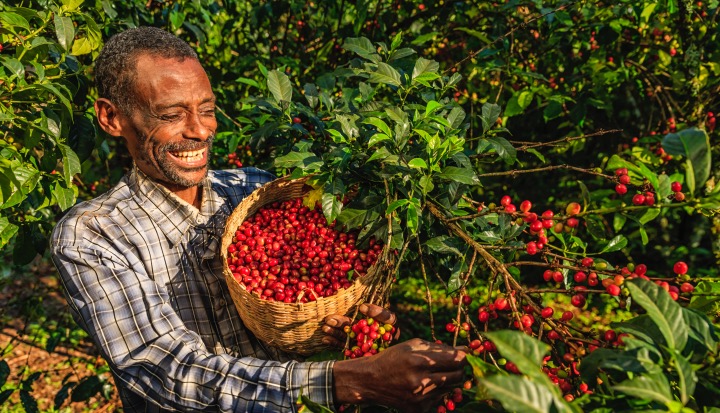Problems faced by farmers today
Smallholder farmers are essential to producing the global food supply up to 80% of food consumed in most of the developing world. However, many of these farmers live below the poverty line due to a combination of factors, including rising production costs, inefficient farming techniques and pricing models that ignore the true value of farming.
These challenges have only intensified with recent market volatility and climate change, making farmers even more vulnerable.
A recently published white paper Commodities from Heifer International and Fairfood International provide farmers in supply chains with a new strategy designed to address these challenges and achieve sustainable, viable returns. This forward-thinking approach centers around using data to improve the lives of farmers, many of whom struggle to make ends meet despite playing an important role in global food systems.
titled “A Commodity Living Income Strategy for Commodity Supply Chains: A Data-Forward Living Income Strategy for Commodity Supply Chains,” The white paper presents a number of practical solutions that address the challenges farmers face in trying to ensure fair payment for their produce. This approach focuses on operational efficiency, transparent pricing and sustainable farming practices, ensuring that supply chain participants from producers to buyers can work together to create fairer systems.
A new approach for a better future
The white paper describes two main tools to support farmers: Cost-Input-Effectiveness Analysis (CYE) and Living Income Price (LIP). These tools help farmers and supply chain partners understand the real costs of farming and adjust pricing models accordingly.
By using actual data collected from farms, this approach ensures that farmers are fairly compensated for their efforts, improving both the quality of their produce and the efficiency of their operations. This data-driven approach encourages collaboration across the supply chain, creating shared value for everyone involved.
CYE classifies the efficiency of producers by taking into account both costs and revenues. It provides a nuanced understanding of efficiency levels among farmers, identifies areas for improvement and provides a basis for tailored intervention strategies.
At the same time, LIP calculates the unit price of the commodity based on actual production costs at different stages of the supply chain, including farmgate, producer organizations or “cooperatives” and “Free on Board”. The LIP is not intended to be a benchmark or fixed price for a commodity, but rather a framework for establishing a minimum viable price level that ensures that producers are fairly compensated for their sustainable and efficient production efforts.
Promoting Equity and Sustainability
The strategy not only empowers farmers, but also offers a practical way for businesses to meet the growing demand for sustainable and transparent supply chains. With the European Union’s Corporate Sustainability Due Diligence Directive (CSDDD) applicable from July 2027, the initiative aligns with global efforts to promote responsible sourcing, ethical practices and greater accountability across industries.
By making parameters and tools publicly available and open source, Heifer and Fairfood aim to inspire industry-wide change. This transparency is designed to foster an informed stakeholder community by fostering dialogue and collaboration in the supply chain. The Open Source Toolkit previewed in the White Paper will provide practical resources for implementing LIP and CYE methodologies, managing sustainable practices, and ensuring that all stakeholders can contribute to and benefit from these innovations.
To learn more about this initiative and access the full white paper, visit Heifer International website.

